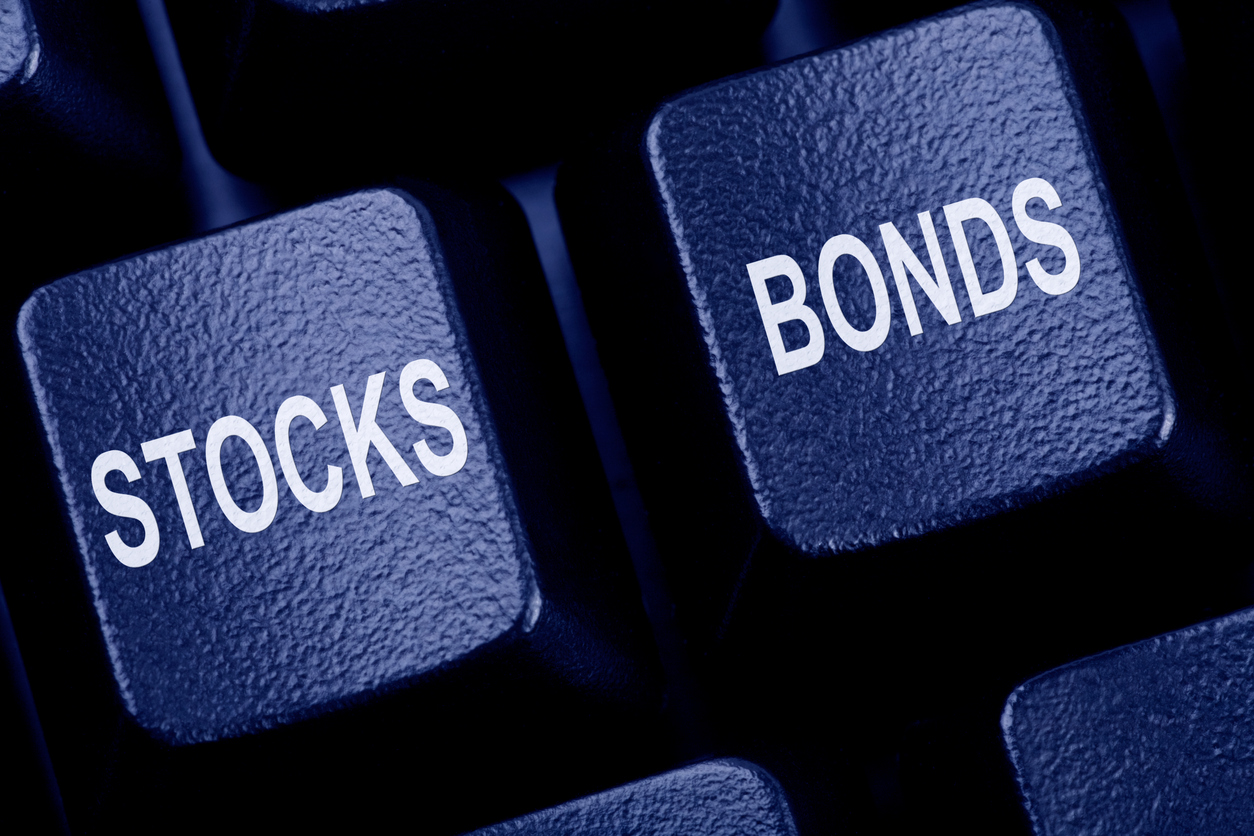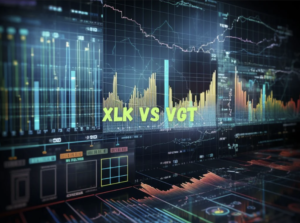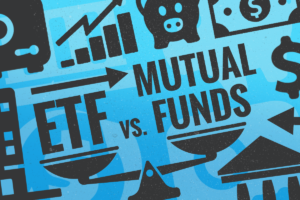
By ATGL
Updated February 24, 2024
Understanding the diverse options within the investment landscape is crucial for effective portfolio management. Exchange-traded funds (ETFs), including bond ETFs and stock ETFs, present distinct opportunities for investors aiming to meet their financial goals. This article outlines the key differences between these two types of ETFs, focusing on their characteristics, risk and return profiles, and how they fit into various investment strategies. By examining these differences, investors can make more informed decisions, aligning their portfolios with their financial objectives and rate risk tolerance.
Understanding Bond ETFs and Stock ETFs
Exchange-traded funds have revolutionized the investment landscape by offering individuals the opportunity to diversify their portfolios with ease and efficiency. Among the myriad options available, bond ETFs and stock ETFs stand out for their distinct characteristics and the unique roles they play in an investor’s portfolio. Understanding these differences is crucial for making informed investment decisions that align with one’s financial goals and risk tolerance.
What Are Bond ETFs?
Bond ETFs are exchange-traded funds that invest in types of bonds, offering exposure to the fixed-income market that includes government bonds, municipal bonds, and corporate bonds. Unlike individual bonds, which have a set maturity date, bond ETFs operate in continuous open-market conditions. This allows for buying and selling shares at market prices throughout the trading day, providing liquidity and flexibility. Specifically, investing in short-term corporate bonds through ETFs can offer a balanced approach to income and risk, enhancing portfolio diversification with assets that typically carry lower risk compared to long-term bonds. Bond ETF dividends are distributed primarily from the interest payments received on their underlying bonds, offering investors a regular income stream.
What Are Stock ETFs?
Stock ETFs are funds that track indexes, sectors, commodities, or other assets, but ETFs trade like stocks on a stock exchange. They offer investors the opportunity to invest in a broad market segment or a specific industry with a single transaction. These ETFs stand out for their transparency, cost-effectiveness, and ability to offer diversification within equities.
One intriguing aspect of stock ETFs is their ability to focus on specific sectors, providing a targeted investment approach. Sector ETFs allow investors to capitalize on the growth potential within particular industries, such as technology, healthcare, or finance. This strategic investment vehicle is particularly beneficial for those looking to exploit sector-specific trends and performance. By focusing on sector ETFs, investors can refine their portfolios to better align with market movements and sector-specific growth opportunities.
Top 5 Key Differences Between Bond and Stock ETFs
When analyzing the differences between Bond and Stock ETFs, it’s paramount to examine the Top 5 Key Variations, offering insights into crucial factors shaping investment decisions and portfolio management strategies.
1. Fixed-Income Securities vs Equity Securities
The fundamental distinction between bond ETFs and stock ETFs lies in the nature of their underlying assets. Bond ETFs consist of fixed-income securities that provide regular interest payments, leading to a predictable income stream. This characteristic stems from the bonds within the ETF, which can range from government to corporate bonds. In contrast, stock ETFs invest in equity securities, offering ownership in a company. While dividends may provide income, the primary goal of equity ETFs is capital appreciation, making the income less predictable and more variable.
2. High vs Low Yield and Potential Return
Bond ETFs typically offer lower yields compared to stock ETFs, reflecting their lower risk profile. The fixed-income nature of bonds results in a steady, but often modest, return. On the other hand, stock ETFs, by virtue of investing in equities, have a higher potential for return, driven by capital appreciation. This greater return potential comes with increased volatility and risk, as the value of equity securities is more susceptible to market fluctuations. Stock ETFs, with their potential for capital appreciation, are often considered suitable for long-term investments, allowing investors to benefit from market growth over time.
3. Bond Indices vs Stock Market Indices
Bond ETFs track bond index funds, which are composed of various debt instruments, reflecting the performance of the fixed-income market. These indices vary widely, from government treasuries to high-yield corporate bonds, each offering a different risk-return profile. Conversely, stock ETFs follow stock market indices, which could be broad-market, like the S&P 500, or sector-specific. These indices measure the performance of the equity markets or specific segments thereof, providing a gauge for the growth and health of businesses and, by extension, the economy.
4. High vs Low Transaction Costs
The transaction costs associated with bond ETFs can be higher than those for stock ETFs. This is partly because the bond market is generally less liquid than the stock market, making it more expensive to trade. Moreover, the bid-ask spread, or the difference between the highest price a buyer is willing to pay and the lowest price a seller is willing to accept, is typically wider for the bond market than for stocks. Stock ETFs benefit from higher liquidity and narrower bid-ask spreads, resulting in lower transaction costs for investors.
5. High vs Low Risk
Bond ETF risks are considered lower when compared to stock ETFs. This is due to the inherent stability of bonds, which, as fixed-income securities, promise regular interest payments and the return of principal upon maturity. While bond prices can fluctuate, the volatility is generally less than that of the stock market. Stock ETFs, by contrast, are subject to the ups and downs of the equity markets, influenced by economic conditions, company performance, and investor sentiment. This makes them a higher-risk profile, albeit with the potential for higher returns.
Implications for Investment Strategy
Understanding these five key differences between bond ETFs and stock ETFs is vital for investors when constructing a portfolio of bonds that aligns with their investment goals and market risk tolerance. Investing in bond ETFs may be more suitable for conservative investors or those seeking income generation, while stock ETFs might appeal to those with a higher risk tolerance and a focus on capital growth. A balanced investment strategy often involves a mix of both, leveraging the stability of bonds and the growth potential of stocks to achieve a diversified and risk-adjusted portfolio.
Reach Your ETF Investment Goals With Above the Green Line
Investing in ETFs, whether bond or stock, demands a strategic approach tailored to your financial objectives, risk appetite, and the prevailing market environment. Above the Green Line equips investors with sophisticated strategies, insights, and analytical tools to adeptly understand bond ETFs. Our proprietary models and metrics are meticulously designed to identify promising investment opportunities, enabling our members to refine their portfolios for optimal growth and stability.
Elevate your ETF investment strategy with Above the Green Line. Access our exclusive strategies, in-depth analyses, and a community of investors sharing your goals. Whether seeking steady income through bond ETFs or capital growth via stock ETFs, Above the Green Line guides you toward fulfilling your investment aspirations. Enhance your ETF investment journey now by exploring our guide to ETF strategies.





